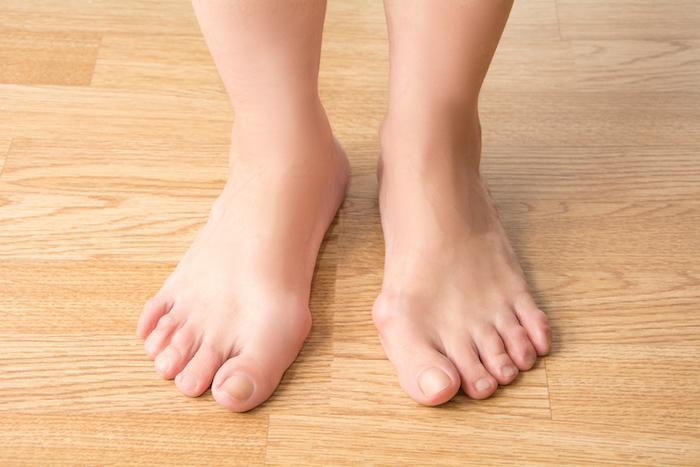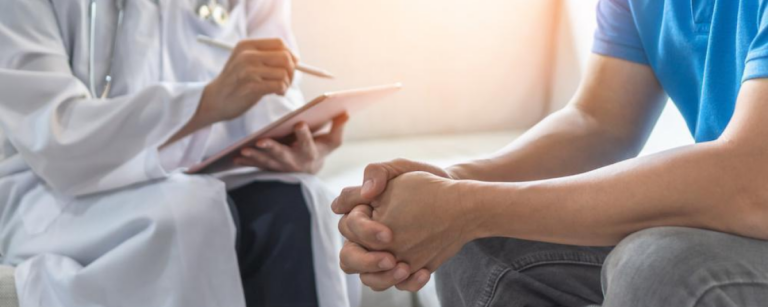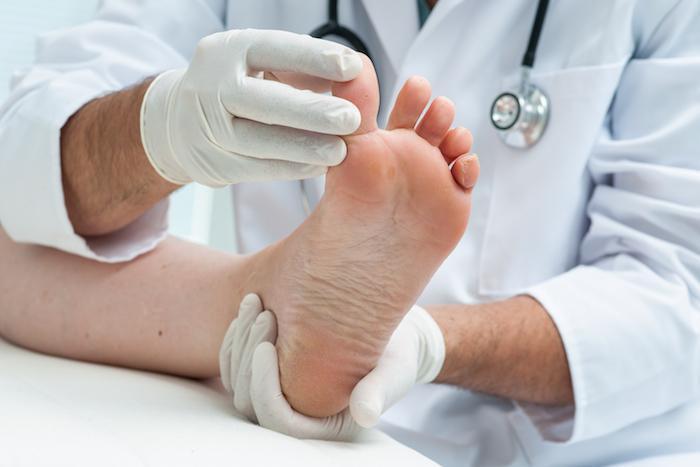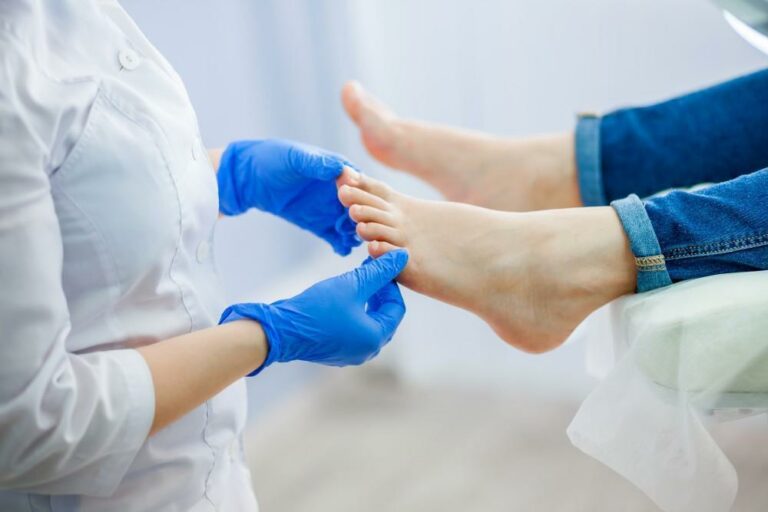Bunions can be incredibly painful and take the joy out of life in a hurry. Day-to-day life with bunions may make you feel like you have no choice but to seek out a surgeon. However, you have many other options to try before it’s necessary to schedule foot surgery.
Our team at Great Lakes Foot and Ankle Institute — with locations in Chesterfield, Clinton Township, Fort Gratiot, East China Township, Shelby Township, and Rochester, Michigan — can recommend many conservative treatments to help resolve your bunions without resorting to surgery.
Bunions 101
Bunions are a joint problem. When the two bones that meet at the base of your big toe are misaligned, the connective tissue in the joint becomes inflamed. Fluid builds up in the bursa, or pocket around the joint. The causes swelling, and any pressure on the joint can cause more pain and more swelling. You can also get bunions on the outside joint of your little toe.; these are called bunionettes.
Where bunions come from
Bunions often run in families, because the shape and structure of feet is hereditary, so you may notice your feet look a lot like one parent or the other. If you have low arches, flat feet, or loose joints and tendons, you’ll have an increased risk of bunions.
You can also have a higher chance of getting bunions if you wear shoes that are too narrow with a pointy toe, or if you have an inflammatory disease like rheumatoid arthritis.
Nonsurgical treatments for bunions
In most cases, bunions can be treated nonsurgically. One of the podiatrists from our team can examine your bunion(s) and recommend a conservative treatment which includes one or more of the following:
- Custom shoe orthotics (inserts) that relieve pressure on the joint and align your weight in a more beneficial way.
- Padding, taping, or splinting your feet to take pressure off the joint and allow the inflammation to go down.
- Changes in footwear to a shoe that helps prevent pressure, pain, or inflammation of your toe joints.
- Physical therapy to strengthen the foot and correct your posture for better positioning of your feet when walking or standing.
- Pain medications and anti-inflammatories to help bring down swelling and reduce pain while implementing more permanent strategies.
Our team will only bring up surgery if these strategies fail. If you’re ready to explore nonsurgical bunion treatment, contact one of our many convenient locations by phone or book an appointment online.







